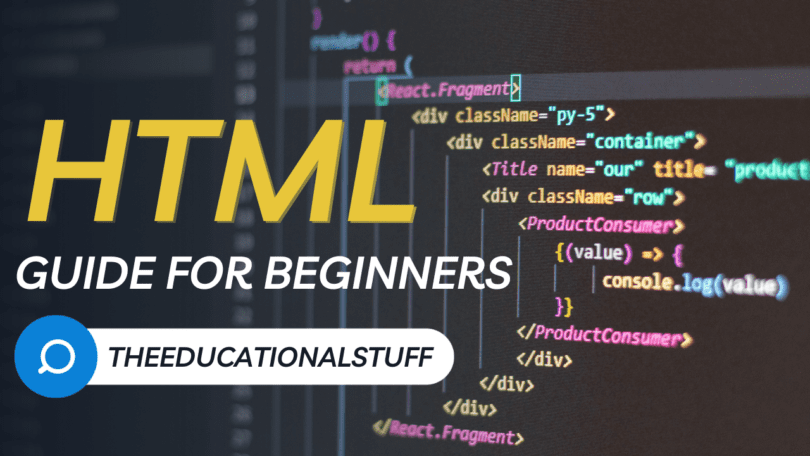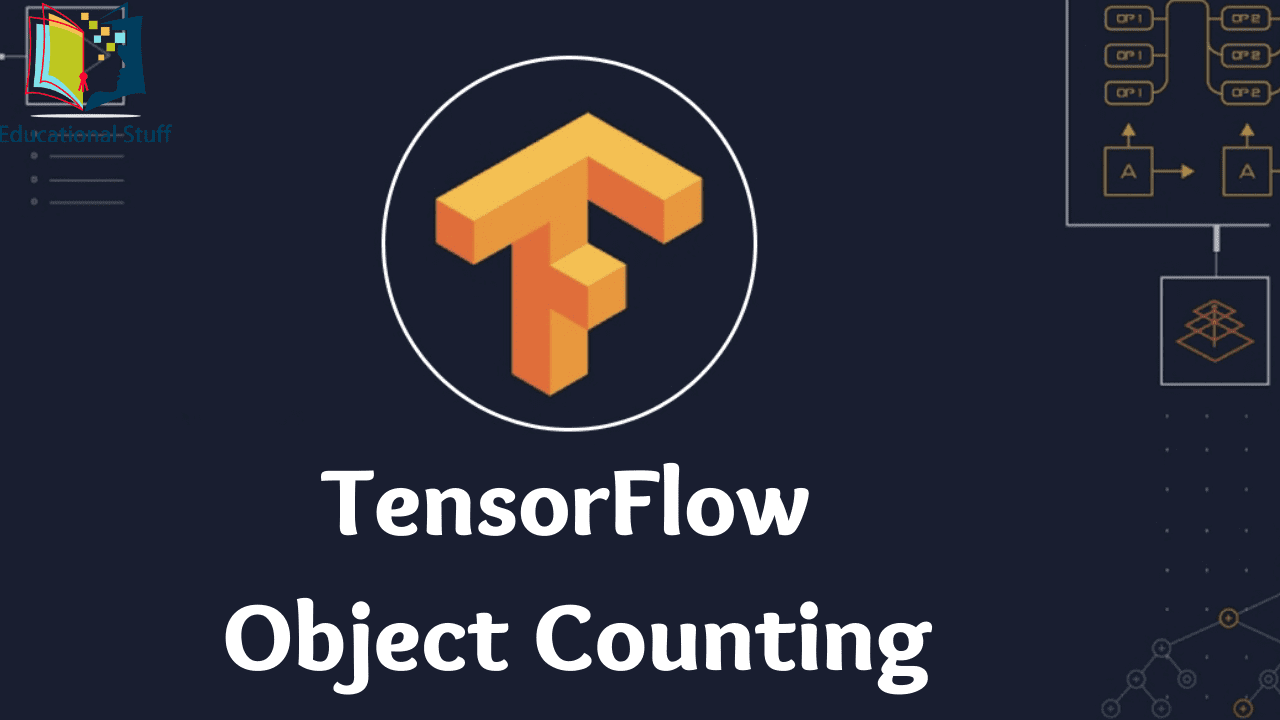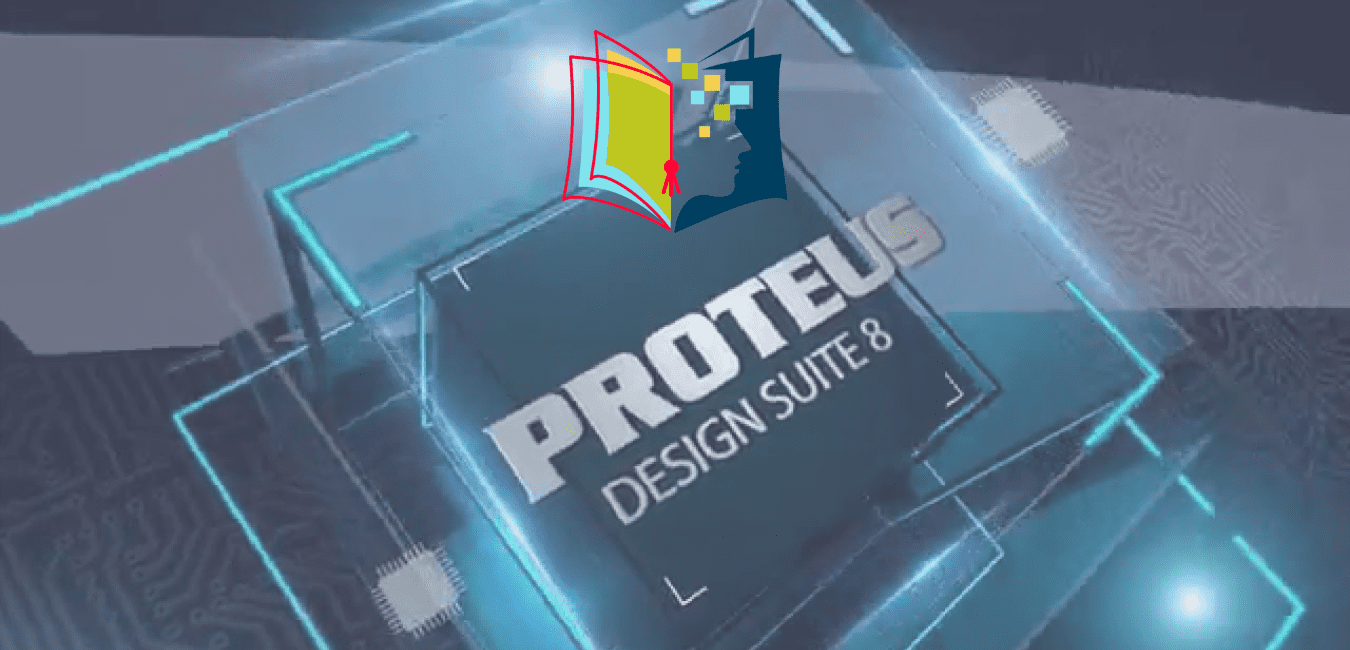This beginner’s guide to HTML offers a simple introduction to the basics of web development. HTML, the backbone of every webpage, allows you to create the structure and content of your site. Learn about essential tags like headings, paragraphs, links, images, and lists. By mastering these basics, you’ll be well-equipped to start your web development journey.
What is HTML?
HTML, the building block of the web, is a simple and standardized markup language used to create the structure and content of web pages. It uses various tags to define different elements such as headings, paragraphs, links, images, and more. These tags act as instructions for web browsers to display content in a certain way.
What Can I build After Learning HTML?
- Basic Website
- Online Resume
- Personal Blog Site
- Online Portfolio
- Basic Landing Page
- Email Templates
- Interactive Forms
- Educational Websites
- E-commerce Product Pages
- Responsive Web Design
Basic Structure of an HTML Document:
Every HTML document starts with a document type declaration, commonly referred to as a “doctype.” This informs the browser about the version of HTML used in the document. The standard structure of an HTML document includes the <html>, <head>, and <body> tags. The <html> tag encapsulates the entire document, while the <head> tag contains meta-information and links to external resources. The <body> tag holds the visible content of the webpage.
Essential HTML Tags:
- <h1> to <h6>: These tags define headings of varying sizes, with <h1> representing the largest and <h6> the smallest.
- <p>: This tag is used for creating paragraphs.
- <a>: The anchor tag facilitates the creation of hyperlinks. It is used to link one webpage to another.
- <img>: This tag is employed to insert images into a webpage.
- <ul> and <ol>: These tags are used for creating unordered and ordered lists, respectively.
- <div> and <span>: These tags are used for dividing the content into sections and for styling purposes.
Creating Your First HTML Document:
To create your first HTML document, follow these steps:
- Open a text editor such as Notepad, Sublime Text, or Visual Studio Code.
- Start with the <html> tag and enclose the entire content within it.
- Add the <head> and <body> tags within the <html> tags.
- Begin structuring your content using appropriate HTML tags as mentioned earlier.
Best Practices for Writing HTML:
- Use proper indentation to improve code readability.
- Always close tags properly to avoid rendering issues.
- Utilize comments (<!– –>) to explain sections of your code.
- Maintain consistency in your coding style throughout the document.








Leave a Comment